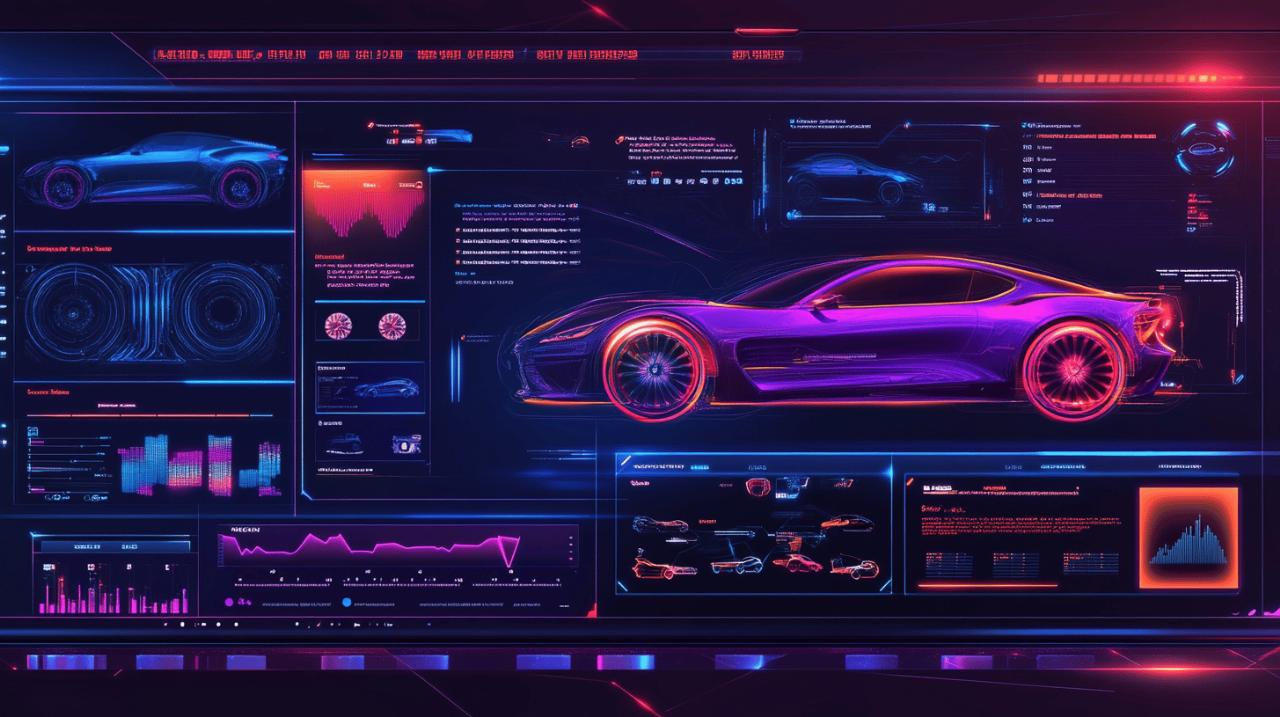Heat maps have revolutionized how online B2C stores understand customer interactions by visualizing complex behavioral data into intuitive color patterns, empowering businesses to make strategic design decisions that directly impact sales performance.
Understanding user behavior through heat map analysis
Visual analytics tools transform raw website interaction data into actionable insights, allowing e-commerce managers to see exactly how visitors engage with their digital storefronts without relying solely on traditional metrics.
Interpreting click patterns and navigation flows
Click maps reveal the specific elements capturing user attention across your website, highlighting which calls-to-action generate engagement and which go unnoticed. Studies show that users typically scan websites in an “F”-shaped pattern, making strategic element placement crucial. Many e-commerce platforms like Punto Log integrate these visualization tools directly into their analytics dashboards, enabling real-time monitoring of user journections through product pages and checkout processes.
Identifying user engagement hotspots and dead zones
Scroll maps display how far visitors explore down your pages, pinpointing content visibility thresholds and attention drop-off points. This visualization reveals whether critical conversion elements receive proper exposure or remain hidden in seldom-viewed sections. Modern heat mapping solutions offer segmentation capabilities to analyze behavior across different devices and traffic sources, with mobile optimization becoming increasingly vital as the mobile e-commerce market approaches $1.54 trillion in 2025.
Implementing strategic changes based on heat map data
Heat maps serve as powerful visual tools that transform complex user behavior data into actionable insights for online B2C stores. These color-coded representations highlight areas of high engagement (typically in warm colors like red) and low interaction (in cooler colors), enabling businesses to make informed decisions about their website design and functionality. With average website conversion rates between 2.35% and 5.31%, and top performers exceeding 11%, leveraging heat maps can be a game-changer for businesses seeking to optimize their digital presence.
Optimizing product placement and call-to-action elements
Heat map analysis reveals crucial insights about how visitors interact with your B2C store. Nielsen’s eye-tracking studies show users typically scan websites in an “F”-shaped pattern, making strategic placement of products and call-to-action elements vital. By examining click maps, businesses can identify which links receive the most attention and which go unnoticed. This data helps determine optimal positions for key conversion elements like add-to-cart buttons, promotional banners, and navigation menus.
Studies indicate that landing pages with fewer than 10 elements significantly outperform those with 40 or more, emphasizing the importance of focused design. Heat maps can guide this streamlining process by showing which elements attract user attention. For mobile optimization—critical considering the mobile eCommerce market is projected to reach $1.54 trillion in 2025—heat maps help ensure important elements remain visible and accessible across devices. Brands like Spearmint LOVE demonstrated this principle when they increased checkout conversions by 44% simply by adding PayPal based on user interaction data.
Testing and measuring conversion improvements after modifications
Implementing changes based on heat map data is just the beginning—measuring their impact through rigorous testing is equally important. A/B testing or multivariate testing allows businesses to validate whether modifications actually improve conversion rates. The process should follow a structured approach: setting clear goals, collecting baseline data, implementing targeted changes, and measuring results.
Real-world success stories demonstrate the effectiveness of this approach. IDX increased B2C registrations by 20% using insights from heat maps, scroll maps, and click maps. Similarly, The Economist increased paid subscription conversions by 5%, while Xerox saw an 18.9% revenue increase on product page visits after implementing changes based on heat map analysis. To maximize results, businesses should segment data by device type, traffic source, or user behavior patterns, creating a more nuanced understanding of different user groups. Regular testing cycles allow for continuous refinement, ensuring the website evolves alongside changing user preferences and market trends. With 55% of marketers believing generative AI boosts optimization efforts, combining heat map insights with AI-driven analytics represents the future of conversion rate optimization for B2C stores.